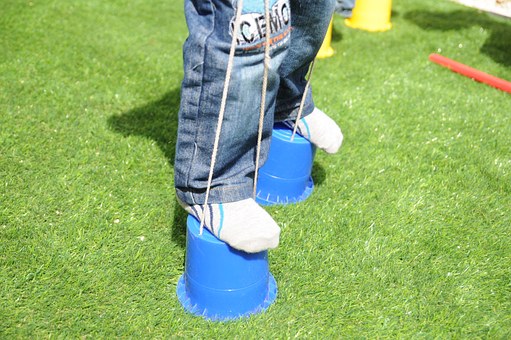Common Orthopedics Issues In Children

When most people think of the concept of orthopedics
, they think of age and stress or related issues that tend to hit later in life. As any doctor in the field can tell you, however, children often have issues with their musculoskeletal system as well. A parent should be alert to these issues, as they are treatable in some cases, which can prevent the issues from following the child into adulthood. Of course, many of these issues resolve themselves as the child ages. Nevertheless, it is important to bring a doctor in on the situation to determine what should and can be done about it. Below are some of the most common issues seen in children:- Flat Feet
Flat-footed babies are not just common, but actually the norm. As they grow older, the arches are supposed to set in. For some children, this never quite happens. Often, parents notice issues with the ankles as the first indication of the flat foot. Because of the missing arch, it can appear as though the child's ankles turn in towards each other when they are standing. By and large, this is not an orthopedics problem that requires surgery or treatment of any kind. In most circumstances, it is not even considered a form of impairment. In some instances, however, it can lead to foot pain, which can be treated with arch supports.
- Walking On Toes

Most parents are familiar with the first hesitant steps of a toddler and how they are often centered on the tiptoes. Though most children lose this tendency to toe walk when they are very young (usually in year 2), for some it can be a method of walking that follows them further into childhood. Experts in orthopedics recommend having the child evaluated by a doctor should toe walking persist past the age of 2. It can be a difficult habit to break after that, because the muscles and tendons in the leg may not stretch out properly. It can also be an indication of other, more serious problems, such as cerebral palsy.
- Pigeon Toes
Though it may look strange to others, pigeon toed children (those who walk with their toes pointed in towards each other) are at little disadvantage in their development. Though orthopedics used to be called on to treat this disorder, it was soon found that these treatments were not particularly effective in improving development. Because this method of walking does not interfere with most activities and most children will naturally grow out of the tendency, it can usually be left untreated.
by: Alfred Ardis Effects Of Alcoholism To The Children Of Alcoholics Luggage On Wheels For Kids Types Of Keyboard For Children Wall Stickers For Kids Paramount To Keep Them Fascinated Top 5 Kids Rakhis For Rakhi 2012 Gifts For Children: Younger Girls Best Halloween Scary Movies For Kids Best Kids Movies In Animation Benefits Of Kids Wall Murals Taking The Less Expensive Route To A Theme Childrens Party Low Self Confidence In Children - How To Recognize The Signs How To Choose Snowboard Sizing For Kids Four Important Surveys Should Be Carried Out Before Managing Toys Store